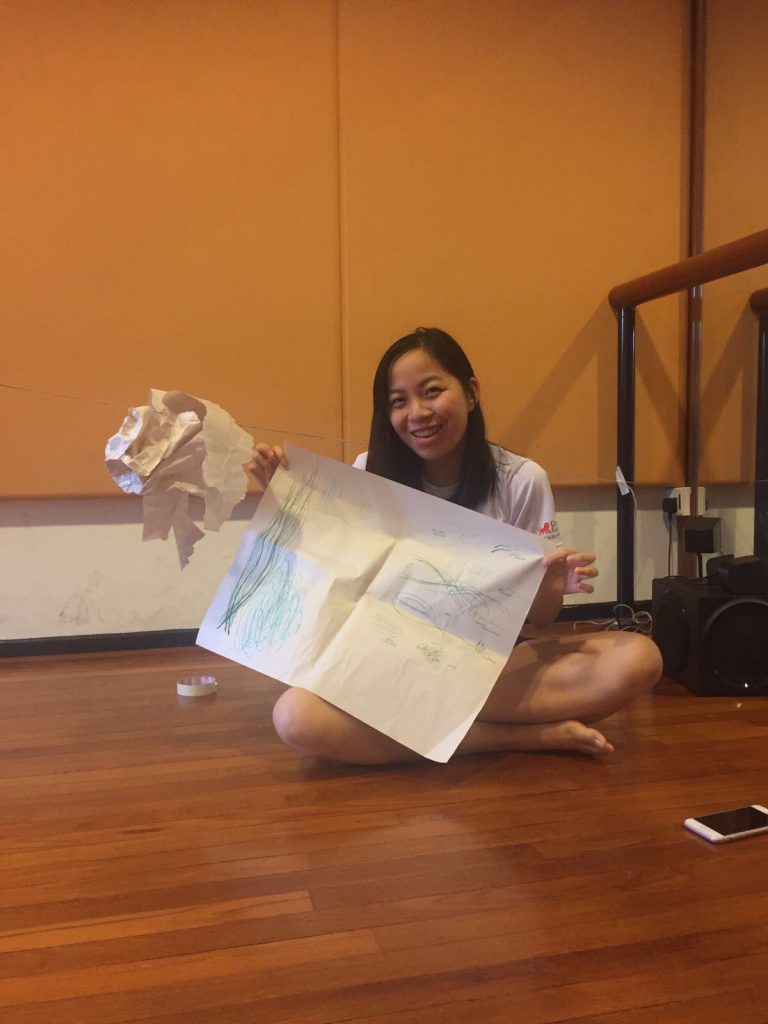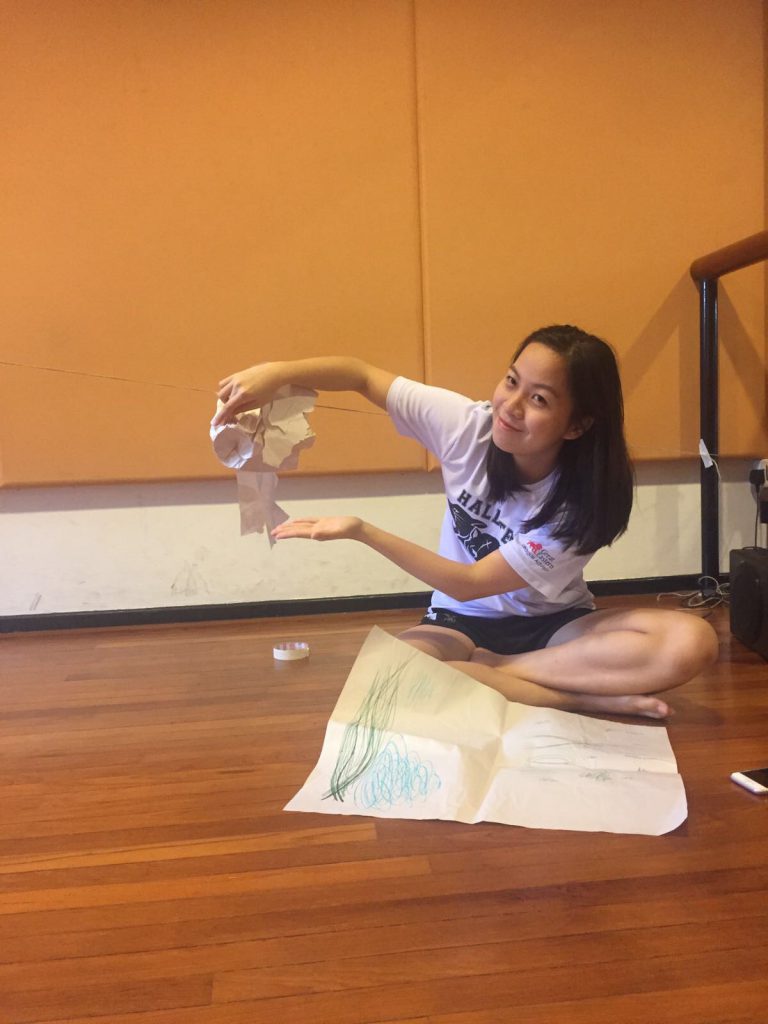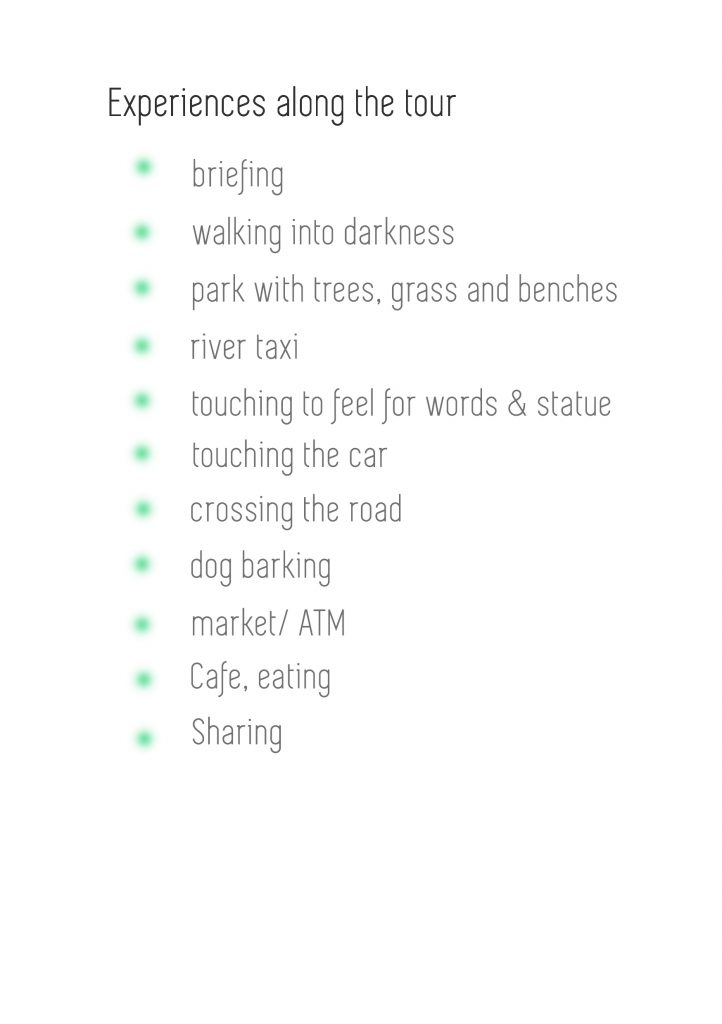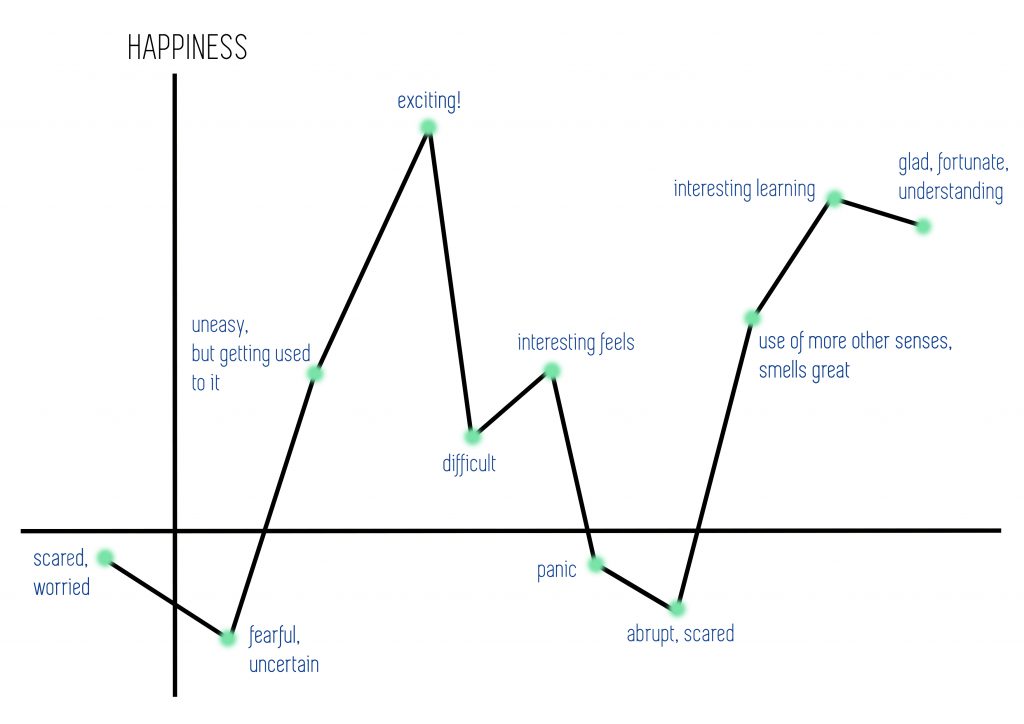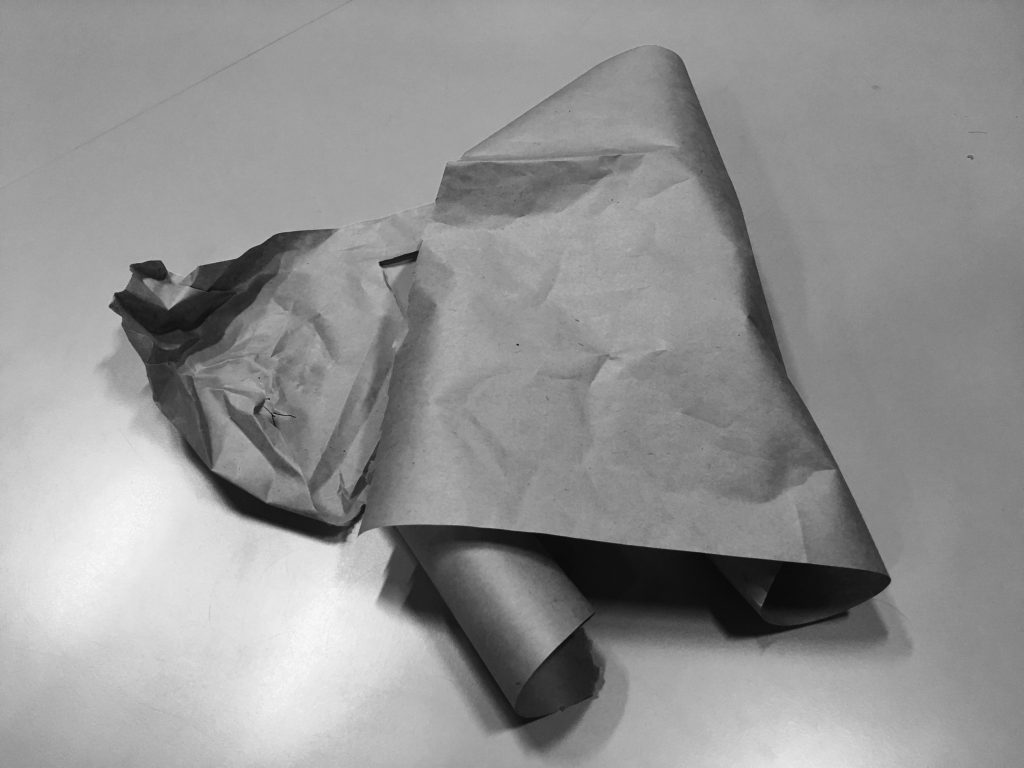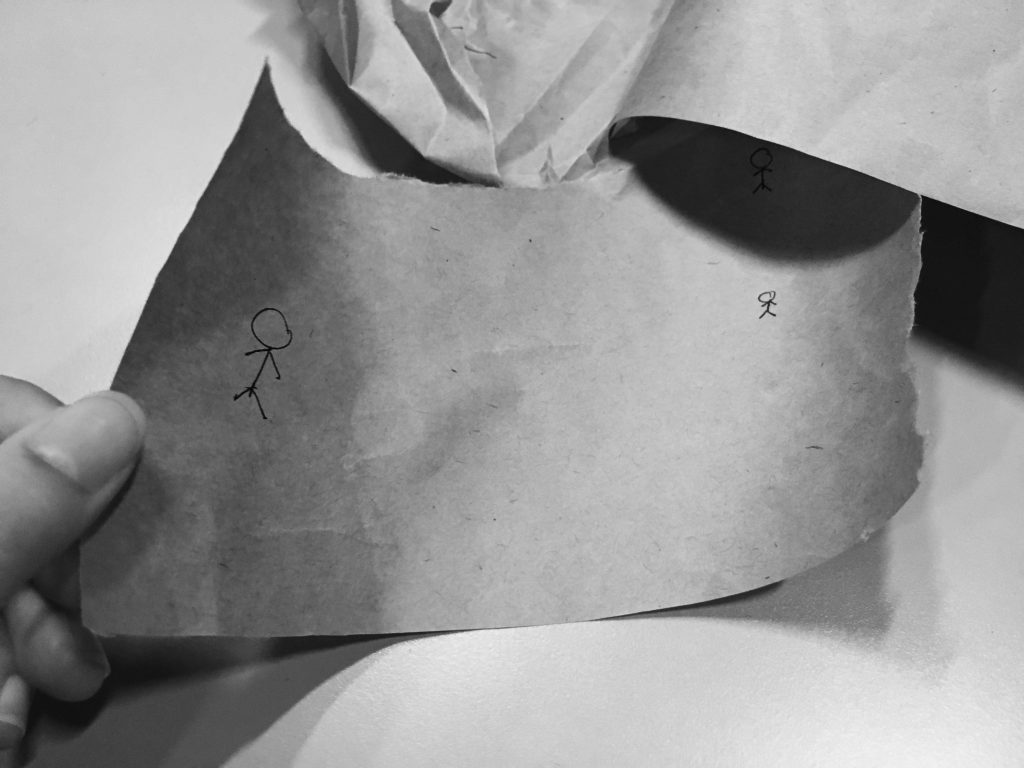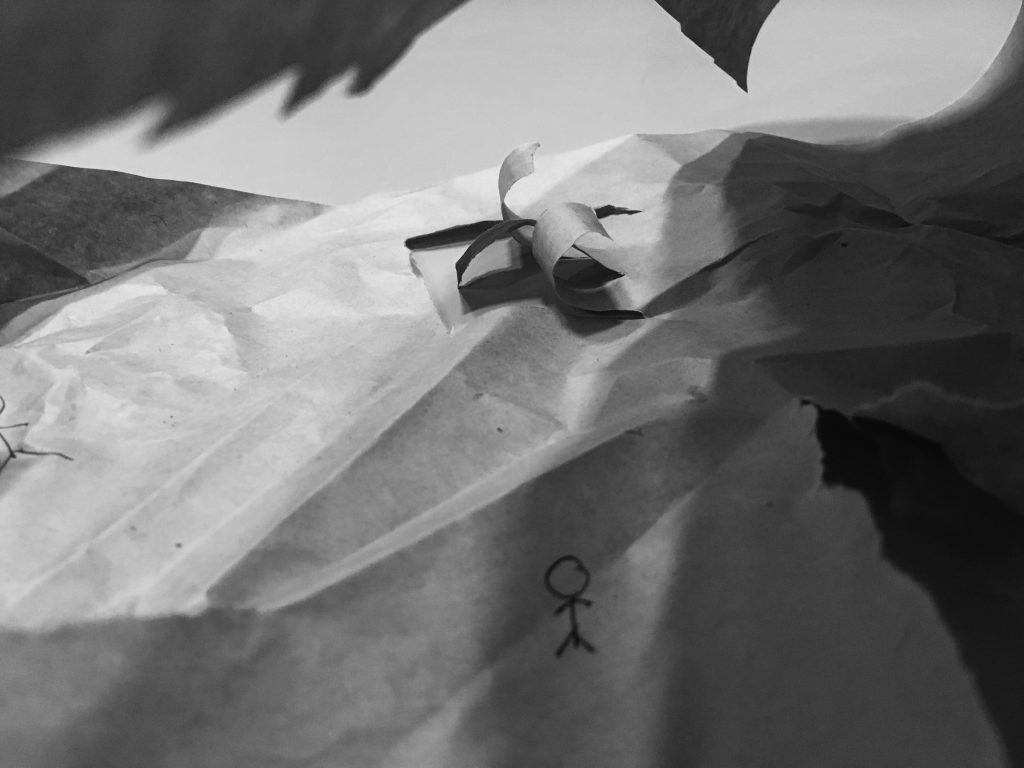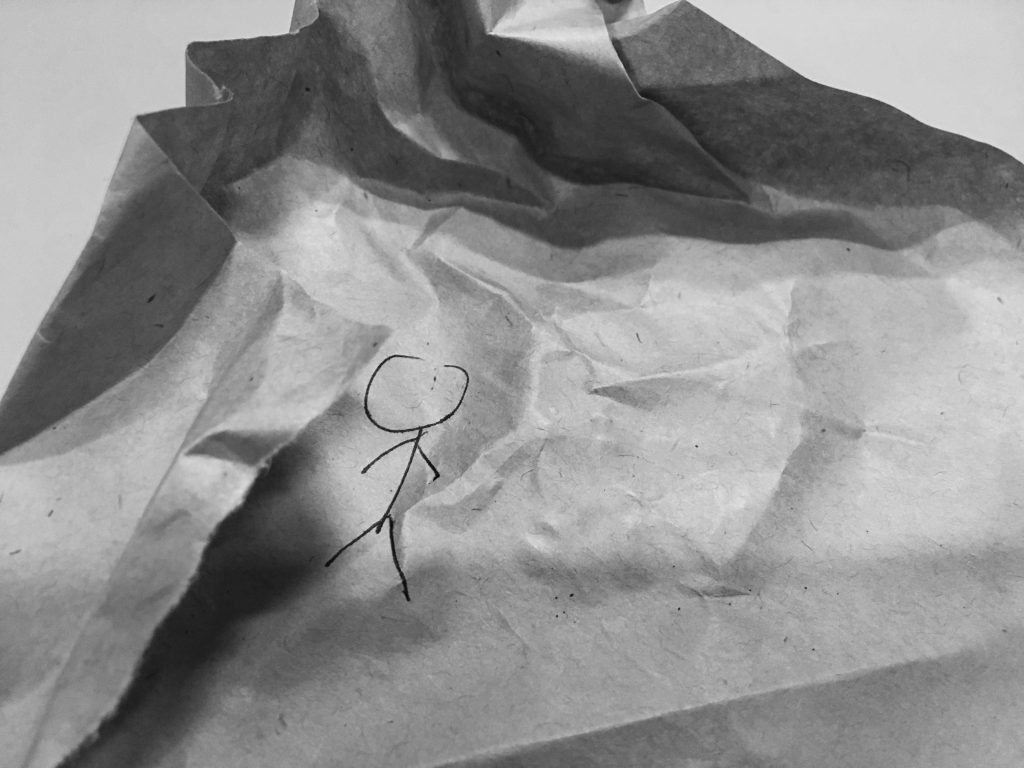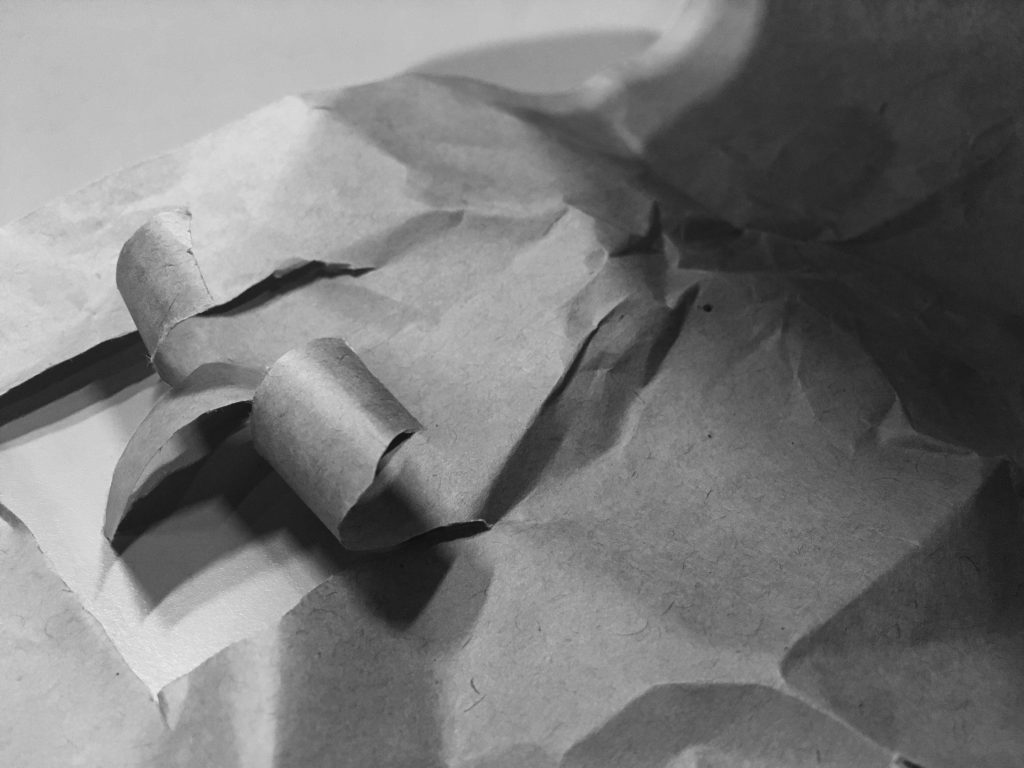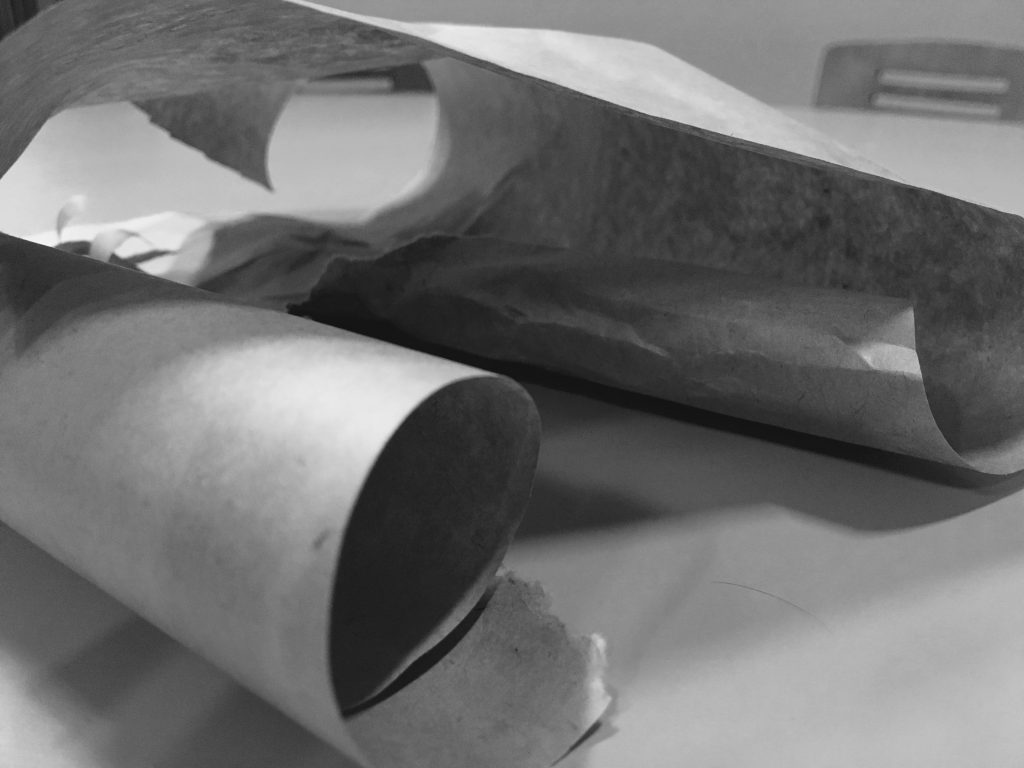SHARKS vs REMORA
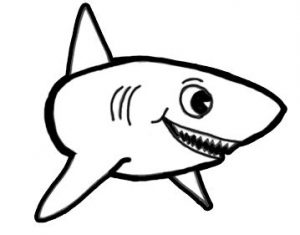
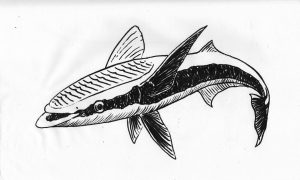
Look at them being so harmonious and comfortable together…
The relationship between the two species is… Symbiotic – Mutualism !
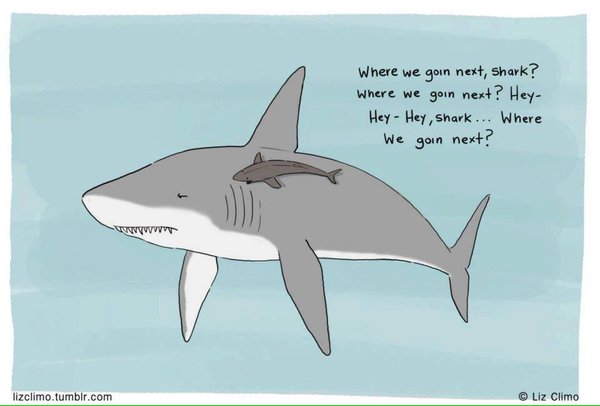
Mutualism relationship:
The remora fish attaches to the belly of the shark by a sucker disc in it’s mouth. It travels everywhere the shark goes, with protection and free transport from the shark. It eats any parasites on the shark which helps keep the shark clean. It also eats any leftover food from the shark. The remora gets to eat and the shark stays clean and healthy. 
…however, too many of these remora fish may cause the host to slow down significantly (causing similar effect to how barnacles are to whales), and this may cause danger!
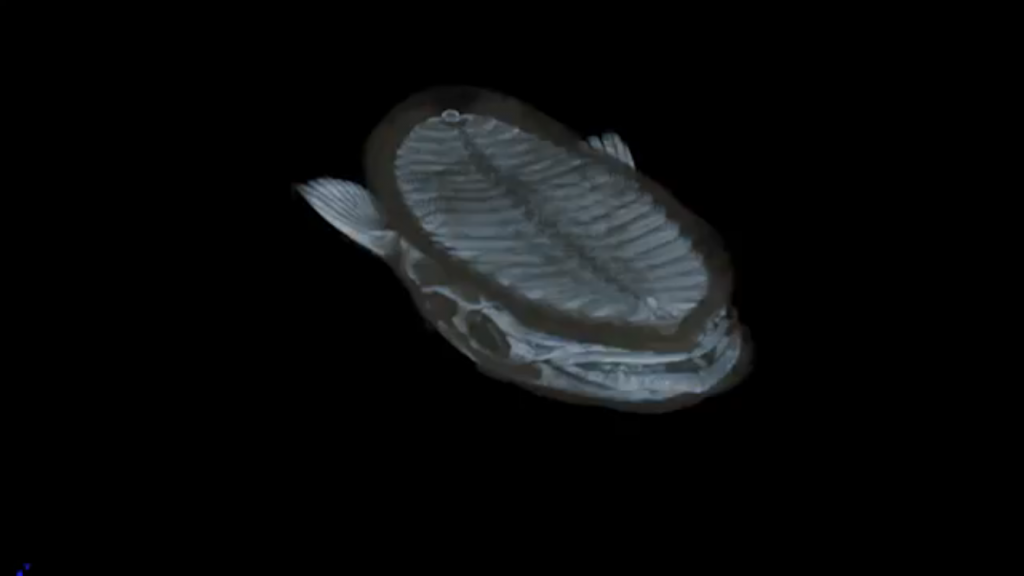
Skeleton of remora (taken from the video link)
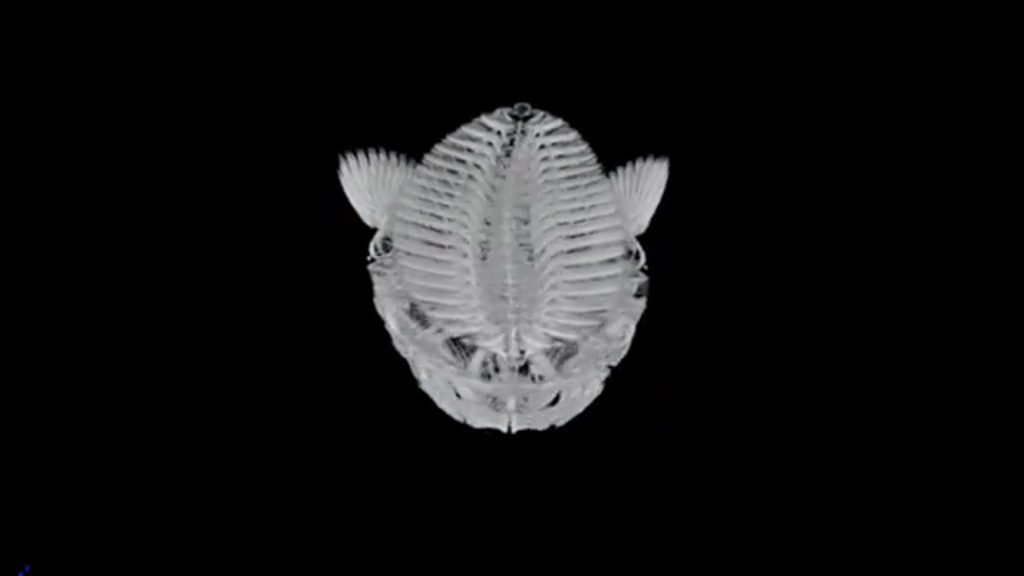
Front view. Skeleton of remora (taken from the video link)
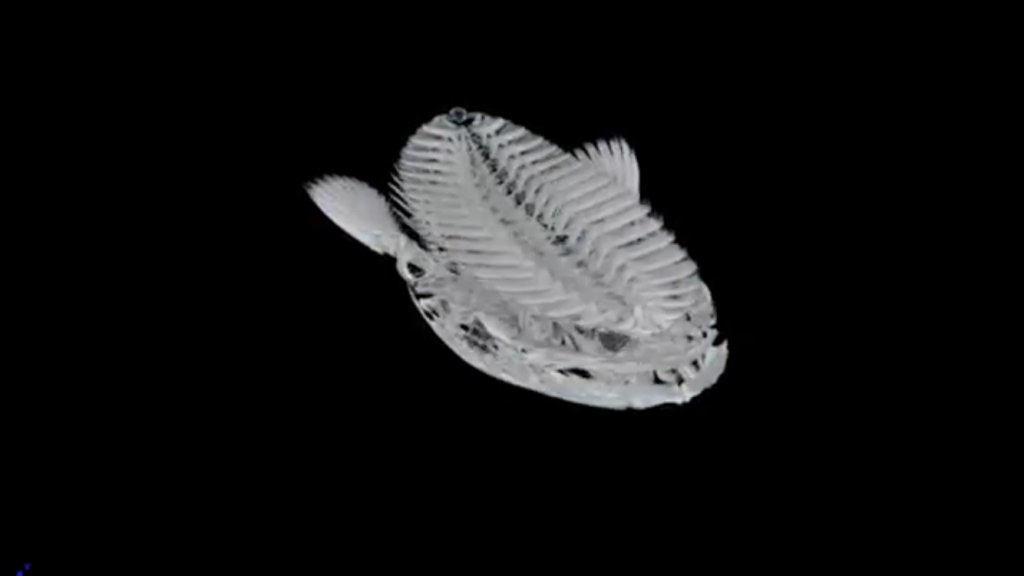
Skeleton of remora (taken from the video link)
For more information:
http://www.leisurepro.com/blog/explore-the-blue/shark-remora-relationship/#
Specifically on Remora
2 key senses (adaptation) they rely for survival
- SIGHT
To spot hosts and then attach themselves - TOUCH – Grip (To adhere)
In the case of remora fish, there isn’t specific senses that are especially enhanced that they require for survival. In these fish, they have very distinct and unique adaption: suction plate. They use this to attach to host fish like sharks to benefit from them.
Another special ability of them for survival is the ability to feed off parasites, meaning cleaning their hosts. This way, they feed from it, while helping the host fish.
Range of motion
They adhere to host with their adhesive plate 🙂
They swim well with their fins and tails, in a sinous or curved motion.
Skeletal make-up
The remora’s suction plate is a greatly evolved dorsal fin on top of the fish’s body.
The fin is flattened into a disk-like pad and surrounded by a thick, fleshy lip of connective tissue that creates the seal between the remora and its host. The lip encloses rows of plate-like structures called lamellae, from which perpendicular rows of tooth-like structures called spinules emerge.
The intricate skeletal structure enables efficient attachment to surfaces including sharks, sea turtles, whales and even boats. (Georgia Tech, 2013)
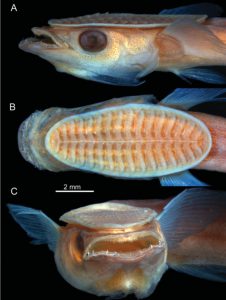
Head of a young remora (Remora osteochir) 26.7 millimeter long as seen fron the (A) side, (B) top and (C) front. (Images: David Johnson)
In Feb 2015, NJIT researchers found that the adhesive disc on the remora’s head used to attach to sharks, rays and other pelagic hosts is actually a complex mechanism that includes a modified fin structure with teeny spikes (called lamellar spinules) that generate friction to adhere to the host. Remora head anatomy also differs from other fish in having unusually-structured blood vessels that may be the secret to how they maintain adhesion for hours at a time.
Read more at: https://phys.org/news/2015-02-remoras-dont.html#jCp
FUN FACT
Did you know: the name ‘remora’ comes from the Latin word mora, meaning ‘delay’ or ‘hold up’ or ‘totally annoy 
In-class Activity!
We had class in a dance studio where we demonstrated movement of our researched animal! Below are the results in terms of sketching:
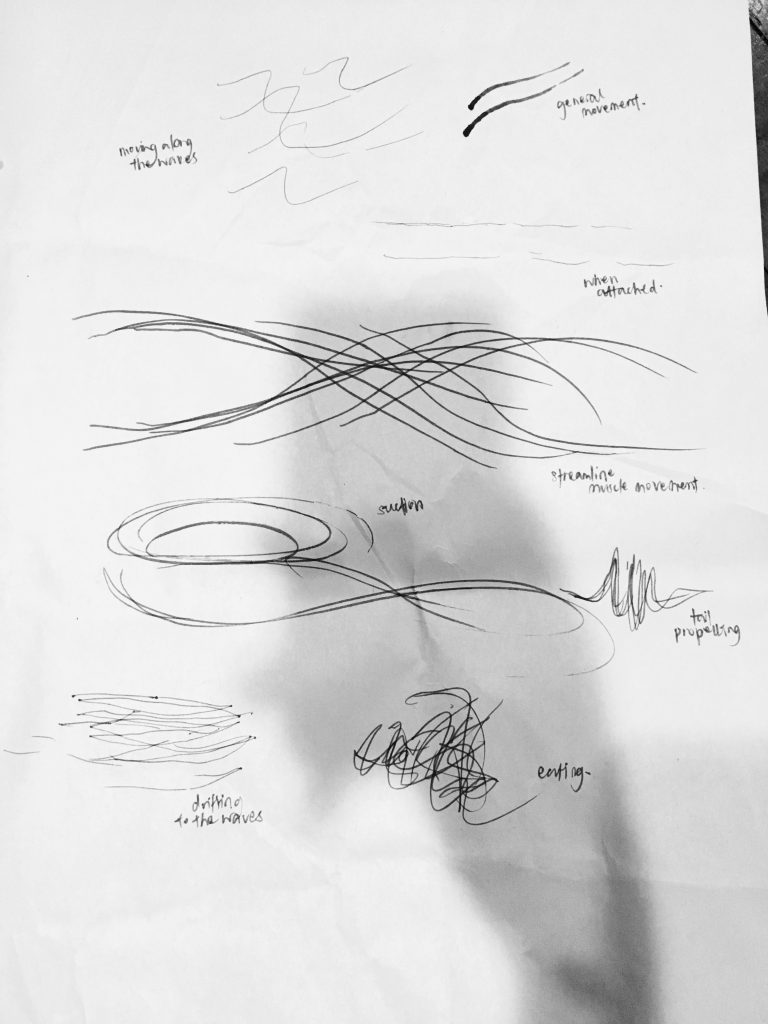
Next, we did paper crafting according to movement and their special characteristics!
For my research on Remora fish, the sucker disc is the most distinct feature of it, therefore I depicted it with paper showing suction.
As the fish adopts free transport from the host fish eg. shark, it doesn’t exhibit it’s own swimming motion.
It swims to the current and to the movement of the shark, which is flowing (as shown below!)
